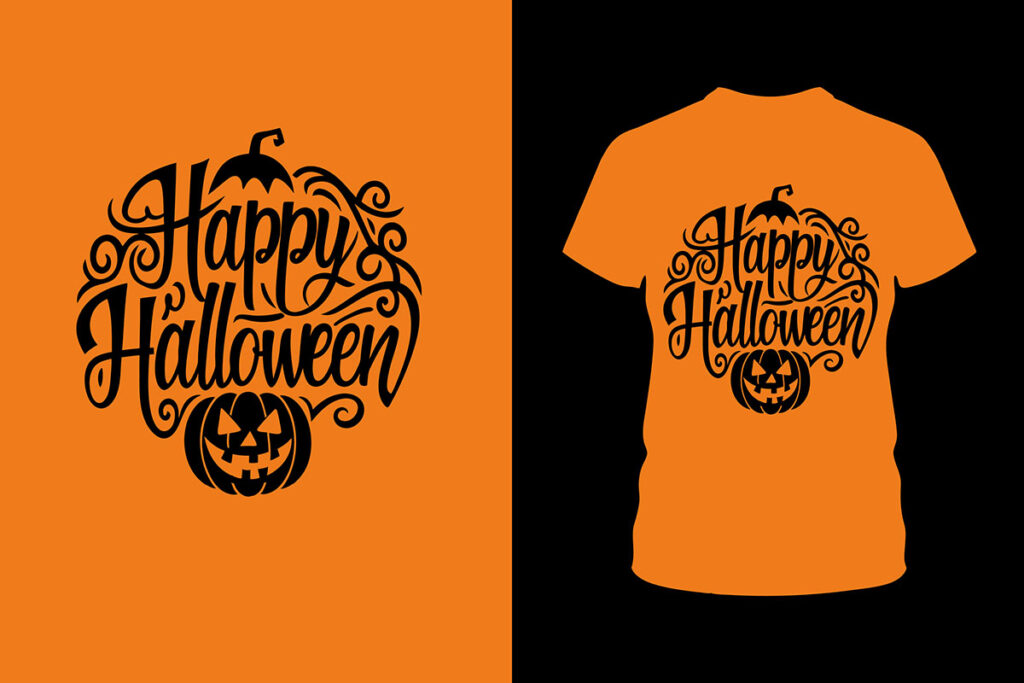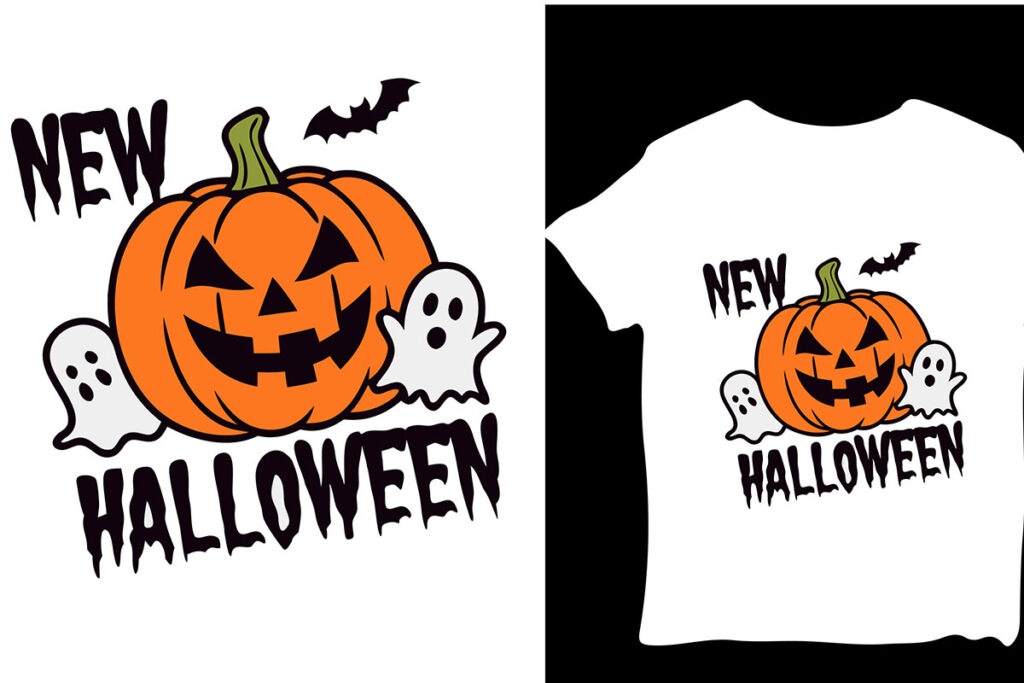DTF transfers on dark garments unlock vibrant, durable prints on black, navy, and charcoal fabrics, making colors truly pop. The white underbase DTF layer acts as the canvas that brightens dyes and ensures true color reproduction. In this guide, you’ll learn how to render that white underbase correctly and how to achieve a true color pop with overlay inks. We’ll also discuss DTF vs DTG on dark garments, highlighting color fidelity, wash durability, and hand feel. Whether you’re printing team logos or bold art, practical steps and troubleshooting tips will help you achieve professional results.
Another way to describe the approach is Direct-to-Film printing on dark fabrics, where a white base layer is essential for opacity. This framing emphasizes the same core technique – an opaque underlayer followed by colored inks – to yield bright, lasting colors on black or navy textiles. From an LSI perspective, terms like white underbase, color pop, durable prints on dark garments, and DTG alternatives help connect this method to related processes. Understanding these synonyms and related phrases can guide designers and readers toward consistent expectations of opacity, hand feel, and wash resistance.
DTF transfers on dark garments: mastering the white underbase for vibrant color
DTF transfers on dark garments rely on a precise white underbase to unlock true color and brightness when printing on black, navy, charcoal, and other deep tones. The white layer acts as a reflective canvas, allowing overlay inks to render vibrant hues without appearing muddy. When you start with a strong white underbase, you’ll notice bolder reds, crisper blues, and more accurate skin tones that stand out on dark fabrics.
To achieve this foundation, calibrate your printer for a dense, opaque white and use films and laminates suited for edge-to-edge coverage. The white underbase DTF should be uniform across the entire print area, with careful attention to consistent density and minimal bleeding at edges. This step is foundational for color fidelity and wash durability, especially on busy designs with fine lines and gradients.
White underbase DTF: building an opaque canvas across dark fabrics
The white underbase DTF is not optional—it’s the cornerstone of color accuracy on dark textiles. By laying down a solid, opaque white layer first, you ensure the subsequent colors render accurately and remain bright after transfer. This underbase acts as a barrier between the garment color and the printed image, preserving contrast and preventing color bleed.
Achieving uniform coverage requires proper film quality, consistent press parameters, and a reliable underbase density target. When done correctly, the white layer reflects light evenly, creating a predictable platform for color inks. In practice, you’ll often monitor density with test prints and adjust profiles to maintain consistency across varied fabric blends.
Color pop DTF technique: maximizing vibrancy on dark fabrics
Color pop DTF technique centers on layering inks to achieve crisp, saturated colors on dark garments. After the white underbase provides brightness, you tune ink density and color profiles to preserve vibrancy without sacrificing flexibility. Using a CMYK palette plus approved spot colors helps expand the color gamut and maintain punch on black, navy, or charcoal fabrics.
Design-wise, high-contrast artwork tends to reproduce more reliably on dark textiles. When preparing files, consider halftone handling and careful edge treatment to prevent banding or feathering after pressing. A well-executed color pop workflow also includes proper curing to lock in brightness and avoid ink cracking during wear and washing.
DTF printing for dark fabrics: end-to-end workflow from design to heat press
A robust DTF printing workflow for dark fabrics begins with mindful design preparation. Build a composite image that places the white channel first, followed by color channels, and manage tonal ranges that remain within the printer’s capabilities. This step helps ensure clean separations and reliable reproduction on dark backgrounds.
The step-by-step process continues with printing the white underbase, then printing the color layers atop it. Heat pressing follows, typically with higher pressure and temperatures in the 170–180°C (338–356°F) range for 10–20 seconds per area, plus a careful peel. Post-press care and curing are essential to maintain softness and durability while preserving color integrity after multiple washes.
DTF vs DTG on dark garments: choosing the right method for color and texture
DTF transfers on dark garments often deliver crisper outlines, broader color gamut, and stronger wash durability thanks to the white underbase. Compared with DTG on dark fabrics, DTF can offer sharper color separation and a more economical option for short-to-mid runs when pigment usage and prepress time are considered.
DTG, by contrast, can provide an exceptionally soft hand feel and certain fabric compatibilities that some clients prefer. The choice between DTF transfers on dark garments and DTG depends on production volume, desired weight of the hand feel, specific fabric types, and how you plan to finish and care for the garments. In many shops, combining both methods to suit each design is a practical strategy.
Best practices and care: maintaining color pop and durability on dark garments
To maximize color pop and longevity, invest in accurate color profiling, regular test prints, and calibration across machines and films. A reliable white underbase density is critical for opacity, while proper color management ensures the overprint inks stay vibrant after washing.
Care instructions play a big role in durability. Wash dark garments inside-out in cold water, use mild detergents, and avoid harsh cycles or high-heat drying. Regular maintenance of printers and films prevents ink buildup that can dull color, and advising customers on proper care helps preserve the print’s brightness and flexibility wash after wash.
Frequently Asked Questions
What makes DTF transfers on dark garments possible and why is the white underbase essential?
DTF transfers on dark garments rely on a bright white underbase to create opacity. The white underbase acts as a canvas, so colors appear vibrant rather than dull against dark fabrics. Print a solid white layer first, then apply the color inks, and finish with proper curing and pressing for durable results.
How does white underbase DTF work to achieve a true color pop on dark fabrics?
White underbase DTF creates an opaque foundation that reflects light and prevents the garment color from dulling the ink colors. After the underbase, overlay inks build the final image, producing a true color pop on dark fabrics. Use appropriate density, color profiles, and proper curing to maintain brightness.
DTF transfers on dark garments vs DTG on dark garments: which delivers bolder results for vibrant artwork?
DTF transfers on dark garments typically give crisper outlines, a broader color gamut, and strong wash durability thanks to the white underbase, often making them more economical for small runs. DTG on dark garments can offer a softer hand feel but may require more prep and ink layers. The best choice depends on design, volume, fabric, and desired finish.
What is the step-by-step workflow for DTF transfers on dark garments?
Step-by-step workflow for DTF transfers on dark garments: 1) Design and color prep with the white underbase in mind. 2) Print a solid white underbase. 3) Print the color layers over the white underbase. 4) Heat press with the recommended temperature and pressure (for example, 170-180 C / 338-356 F) and follow the film’s pressing guidelines. 5) Allow to cool and follow post-transfer care.
How do I troubleshoot common challenges with DTF transfers on dark garments?
Common issues and fixes: – White underbase too thin: reprint with higher white density and verify printer calibration. – Colors dull or muddy: check color profiles and ensure the white underbase is opaque. – Bleed at edges: verify masking and alignment. – Peeling after washing: ensure complete cure and consider higher-quality adhesive film or longer cure times.
What factors most impact color pop and durability in DTF printing for dark fabrics?
Key factors include white underbase density and opacity, accurate color management and gamut, ink viscosity and flow, proper heat press temperature and pressure, fabric type, and correct post-transfer care. A strong white underbase combined with precise color layering and proper curing yields vivid color pop and durable prints on dark fabrics.
| Key Point | Summary |
|---|---|
| Intro: DTF on dark garments benefits | DTF transfers on dark garments enable vibrant, durable prints on dark fabrics; the white underbase makes colors pop and prevents dullness. |
| What is DTF and why it matters for dark fabrics | Direct-to-Film involves printing artwork onto a film with an adhesive, then transferring it with heat and pressure. Dark fabrics require a white underbase to reflect light and achieve bright colors with a soft hand feel. |
| Focus on the white underbase | The white underbase is the foundation for color accuracy on dark textiles; it creates an opaque canvas so subsequent inks stay true to the artwork. Without it, bold colors can appear muted on dark shirts. |
| Color pop techniques | After the white underbase, color inks are layered to achieve a crisp, vibrant print. This involves tuning ink density, using proper color profiles, and curing correctly; CMYK plus spot colors are often used to maximize gamut while preserving brightness. |
| Step-by-step workflow (design to post-care) | 1) Design and color prep; 2) Print the white underbase; 3) Print color layers; 4) Heat press with appropriate temperature/pressure; 5) Post-transfer care (cool/cold wash, inside-out). |
| Troubleshooting common challenges | White underbase too thin or uneven; colors dull or muddy; edge bleed; peeling after washing. Fixes include recalibrating white density, checking color profiles and film quality, ensuring proper curing, and verifying masking/alignment. |
| DTF vs other methods | DTF offers a strong white underbase, wide color gamut, durability, and cost efficiency for small-to-mid runs. It can yield crisper outlines versus DTG on dark fabrics. DTG may provide softer hand feel on certain fabrics; many shops mix approaches based on design and fabric. |
| Best practices for maximizing color pop and durability | Invest in accurate color profiling, use high-contrast artwork, optimize white underbase density, control transfer window and pressure, provide care instructions, and maintain printers/films regularly. |



